Review: ‘The New York Four’ by Brian Wood and Ryan Kelly
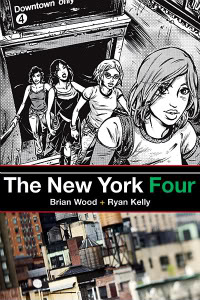 [EDITOR’S NOTE: This is the third in a series of reviews of the five books coming out from DC’s Minx imprint this year. Previously, Van Jensen reviewed Rebecca Donner’s Burnout and Cecil Castellucci’s Janes in Love. -RM]
[EDITOR’S NOTE: This is the third in a series of reviews of the five books coming out from DC’s Minx imprint this year. Previously, Van Jensen reviewed Rebecca Donner’s Burnout and Cecil Castellucci’s Janes in Love. -RM]
Brian Wood is a very good writer. Ryan Kelly is a very good artist. That makes the failure of the duo’s new book from Minx, The New York Four ($9.99) all the more disappointing.
Wood, who has shown a masterful understanding of NYC in his series [[[DMZ]]], shifts his focus here to NYU and a quartet of freshmen, each with their quota of baggage. At the center is Riley, who had a sheltered childhood and finally experiences some freedom.
Not a bad premise, but Wood doesn’t really do much with it. The girls sort of bounce off each other in one low-key scene after another, and their problems are never substantial or interesting enough to invest in the plot.
The characters come alive (one triumph of the talented creators), but even they seem underwhelmed by the mundanity of their lives.
There’s also an air of forced hip-ness to the book, which tosses in little elements like character bio-boxes, New York factoids and half-baked Real World-style confessional moments. And the lesson, as always, is that you can’t fake the funk.
Van Jensen is a former crime reporter turned comic book journalist. Every Wednesday, he braves Atlanta traffic to visit Oxford Comics, where he reads a whole mess of books for his weekly reviews. Van’s blog can be found at graphicfiction.wordpress.com.
Publishers who would like their books to be reviewed at ComicMix should contact ComicMix through the usual channels or email Van Jensen directly at van (dot) jensen (at) gmail (dot) com.

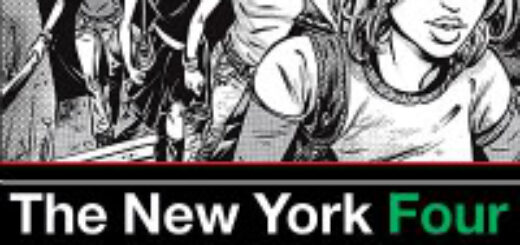

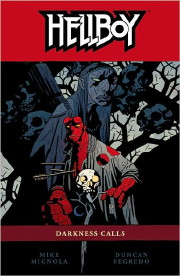
 The hit BBC series
The hit BBC series 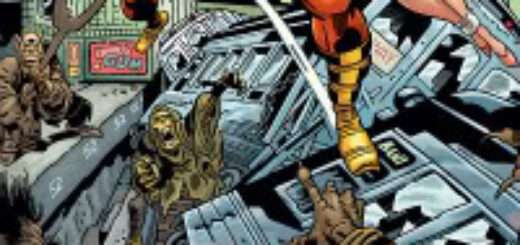
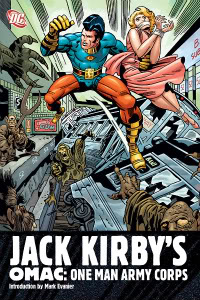 In the four volumes of Jack Kirby’s
In the four volumes of Jack Kirby’s 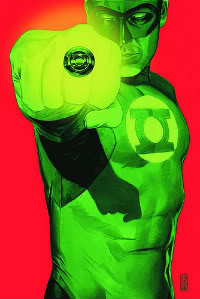 Before we even get started here: SPOILER WARNING!
Before we even get started here: SPOILER WARNING!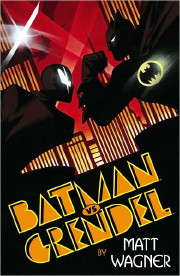
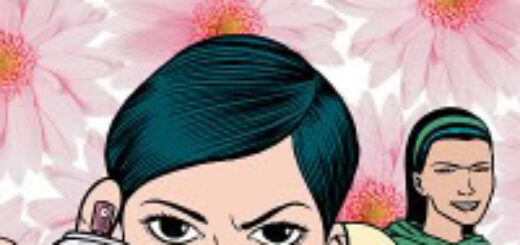
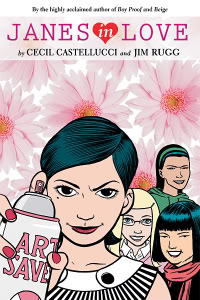 [EDITOR’S NOTE: This is the second in a series of reviews of the five books coming out from DC’s Minx imprint this year. Previously, Van Jensen reviewed Rebecca Donner’s
[EDITOR’S NOTE: This is the second in a series of reviews of the five books coming out from DC’s Minx imprint this year. Previously, Van Jensen reviewed Rebecca Donner’s 
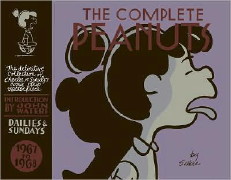
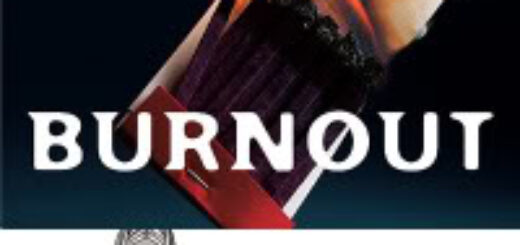
 [EDITOR’S NOTE: This is the first in a series of reviews of the five books coming out from DC’s Minx imprint this year.]
[EDITOR’S NOTE: This is the first in a series of reviews of the five books coming out from DC’s Minx imprint this year.]








